Progressive overload will only get you so far. Many weightlifters and Crossfit enthusiasts alike know the importance of adding weight and reps. At the end of the day, these will lead to the gains we desire. But without the proper execution and range of motion, it’s more likely than not that you’ll face various injuries, pains, and discomforts.
A well-rounded workout is one that includes stretching. And while the debate continues as to “when” the best time is, we argue that static stretching after your workout has plenty of benefits. So, what should you know? Why both stretch after your lifting session?
Stretching After A Workout: The Basics
Lifting heavy weights or doing rep after rep of the same move contracts our muscles again and again. This inevitably creates tightness in the body. However, stretching helps us find a middle ground. After a tough workout, stretching elongates the muscles, which can help maintain or improve range of motion (In turn, this can help you execute each move properly as good range of motion is key to proper form in many lifts!).
So, what kind of stretching is best? Well, dynamic stretches, such as arm circles, leg swings, lunges, and air squats, might be the best option to warm up. However, static stretching (AKA holding stretches for 20 to 45 seconds) can help stretch those previously tightened areas, relieving knots and tension.
This type of stretching also benefits the cooldown by allowing our heart rate to return to a normal rhythm. But let’s dig in a bit further!
3 Reasons to Stretch After Your Workout
While the research is very mixed, there are a few good reasons to stretch after your workout.
1. Consistency may minimize soreness.
Again, more research is needed in this area, but some evidence indicates that stretching post-workout consistently can help reduce muscular soreness. It’s thought stretching is able to reduce Delayed Onset Muscle Soreness, DOMS, by increasing pain tolerance. However, again, this is from just one brief review examining a handful of studies.
In anecdotal evidence, you can ask almost any gym-goer or regular weightlifting if they’ve found stretching to improve soreness post-workout, and most will reply with a resounding “YES!” At the very least, it can help enhance blood flow and stretch tight spots (also sometimes called trigger points), releasing tension and pain.
2. Improves range of motion.
The major benefit of stretching post-workout (or just regularly, generally) is that it increases your range of motion. It’s suggested that stretching holds must last at least 10 to 30 seconds to see these improvements, and at least two to four repetitions should be performed.
And you can definitely see people on social media, like TikTok and Instagram, improving their range of motion through, again, consistent stretching! Anyone learning the splits knows exactly how this goes.
On top of this, range of motion can help improve your overall lifting technique, such as achieving proper depth in your squat. In turn, this may indirectly prevent injuries and pain, keeping you on track toward your goals.
3. Releases stress.
Here’s the thing: Exercise, no matter which way you try to spin it, increases stress in the body. Yes, this can be a good stress as your body adapts and grows. However, too much stress can lead to unhealthy adaptions and even suppression of the immune system and more.
Stretching, especially post-workout, can offer an easy way to bring the body back into a balanced state. This is especially true if you breathe properly through each and every stretch. For example, as you stretch your hamstrings, you can take a deep inhale, and as you exhale, you can try to deepen the stretch each time.
Tips for Better Stretching
If you’ve never added stretching to your weightlifting routine, here are a few tips to get started:
-
Use dynamic stretches as part of your warm-up, not static stretches.
-
Use static stretches at the end of your workout, holding each for 10-45 seconds.
-
Focus on stretching out major muscle groups worked. For example, if it was lower body day, stretch the calves, glutes, hamstrings, quads, adductors, and abductors.
-
Don’t go to or past the point of pain. Pain is your body’s way of telling you when something is wrong. Instead, stretch to just before that point.
-
Don’t bounce! This could actually lead to injury, which is the opposite of what we want.
-
Don’t rush it, and use it to relax after your workout. Having a specific playlist for this time can help, as can breathing through each stretch.
-
Make it a routine. Consistency will help you gain a greater range of motion, reduce your risk of injury, improve your form in specific exercises, and so much more!
Embrace Stretching In Your Muscle Gains Journey
While we all have different goals, stretching undeniably has benefits for each one. Plus, if longevity is the goal, there’s nothing better than a consistent stretching routine alongside a balanced weightlifting regime.
And remember, stretching is about listening to your body and respecting its limits. It's a practice that encourages mindfulness, patience, and a deeper connection with your physical self. Whether you’re an avid gym-goer, a weekend warrior, or someone just starting their fitness journey, make stretching an integral part of your exercise regimen. We bet you won’t regret it!


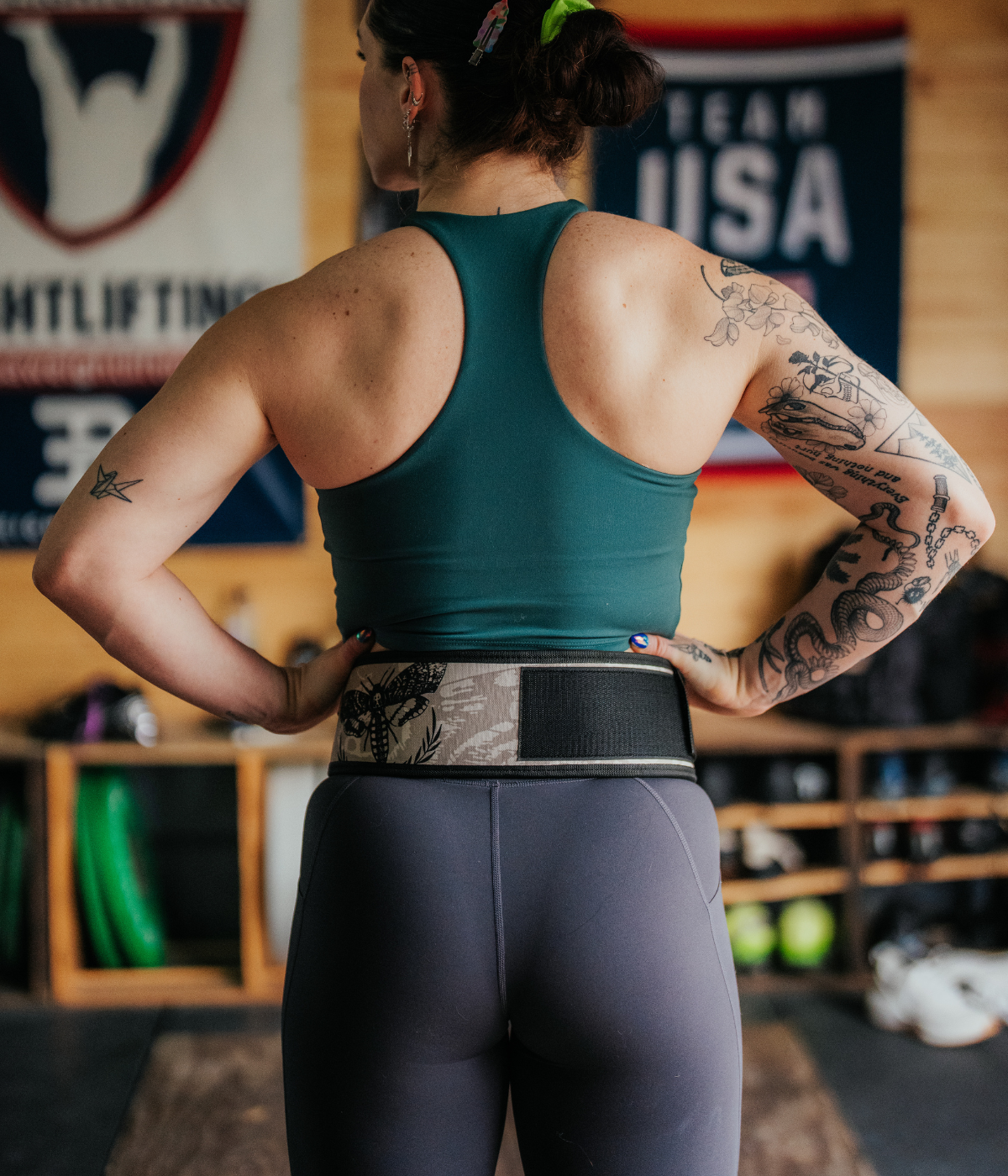
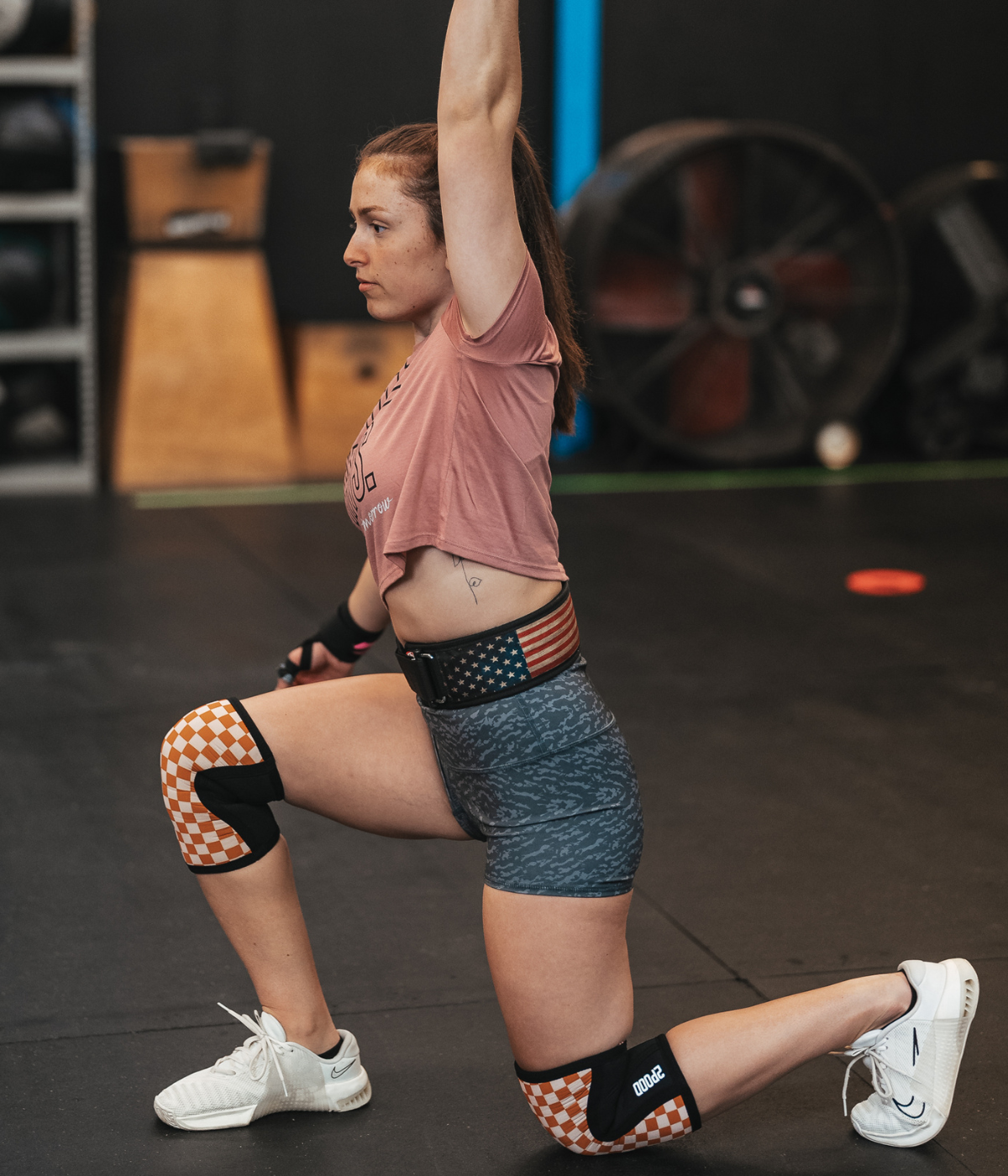
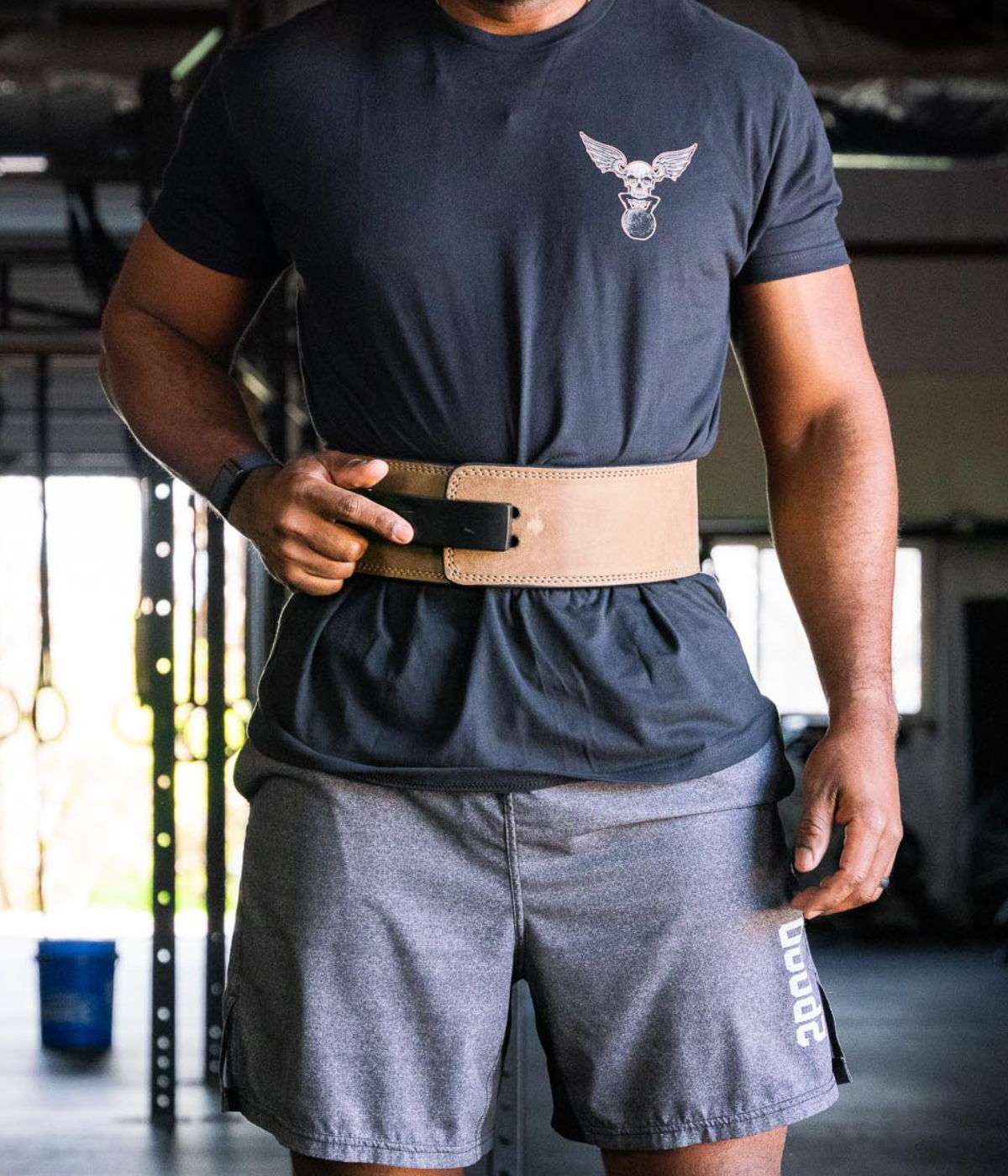
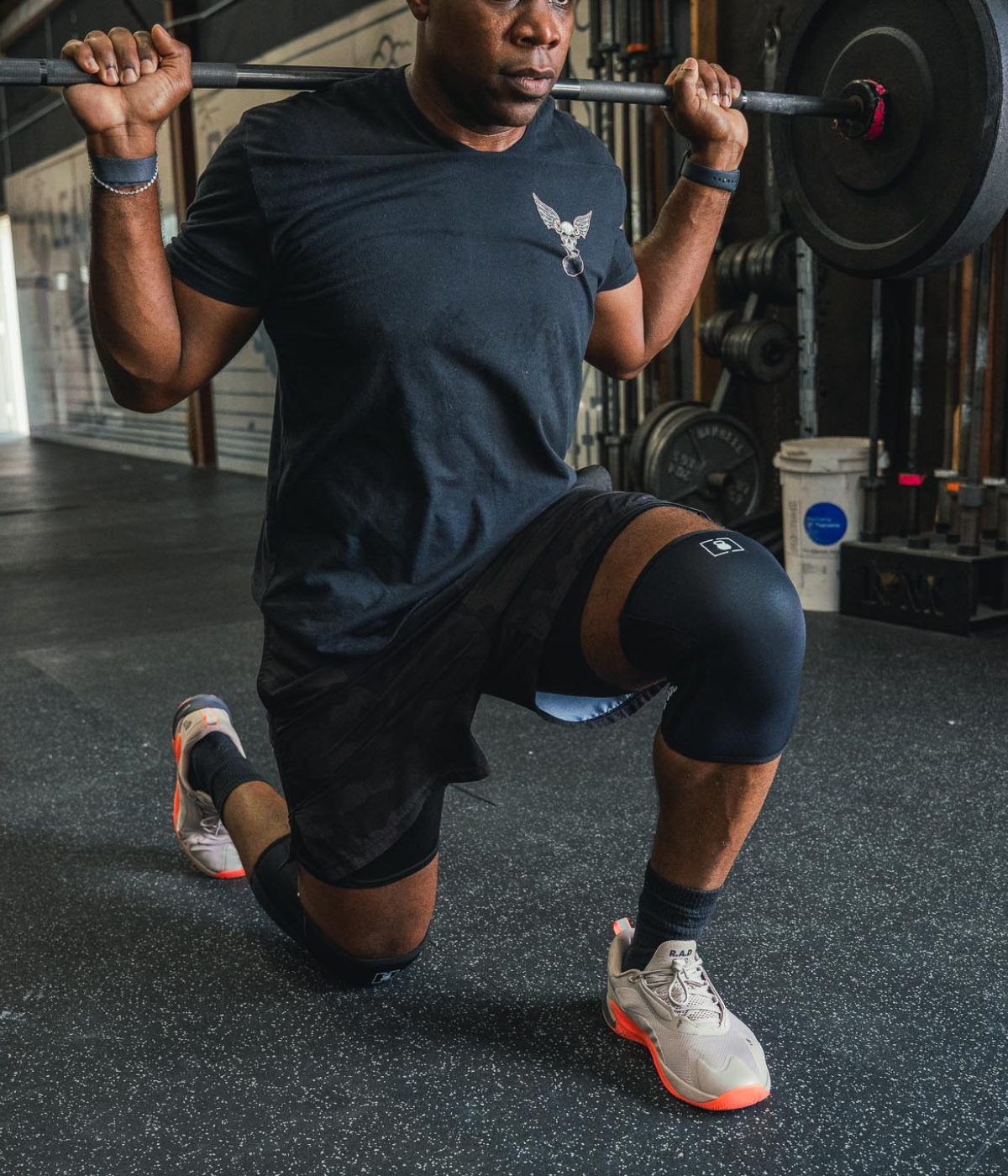

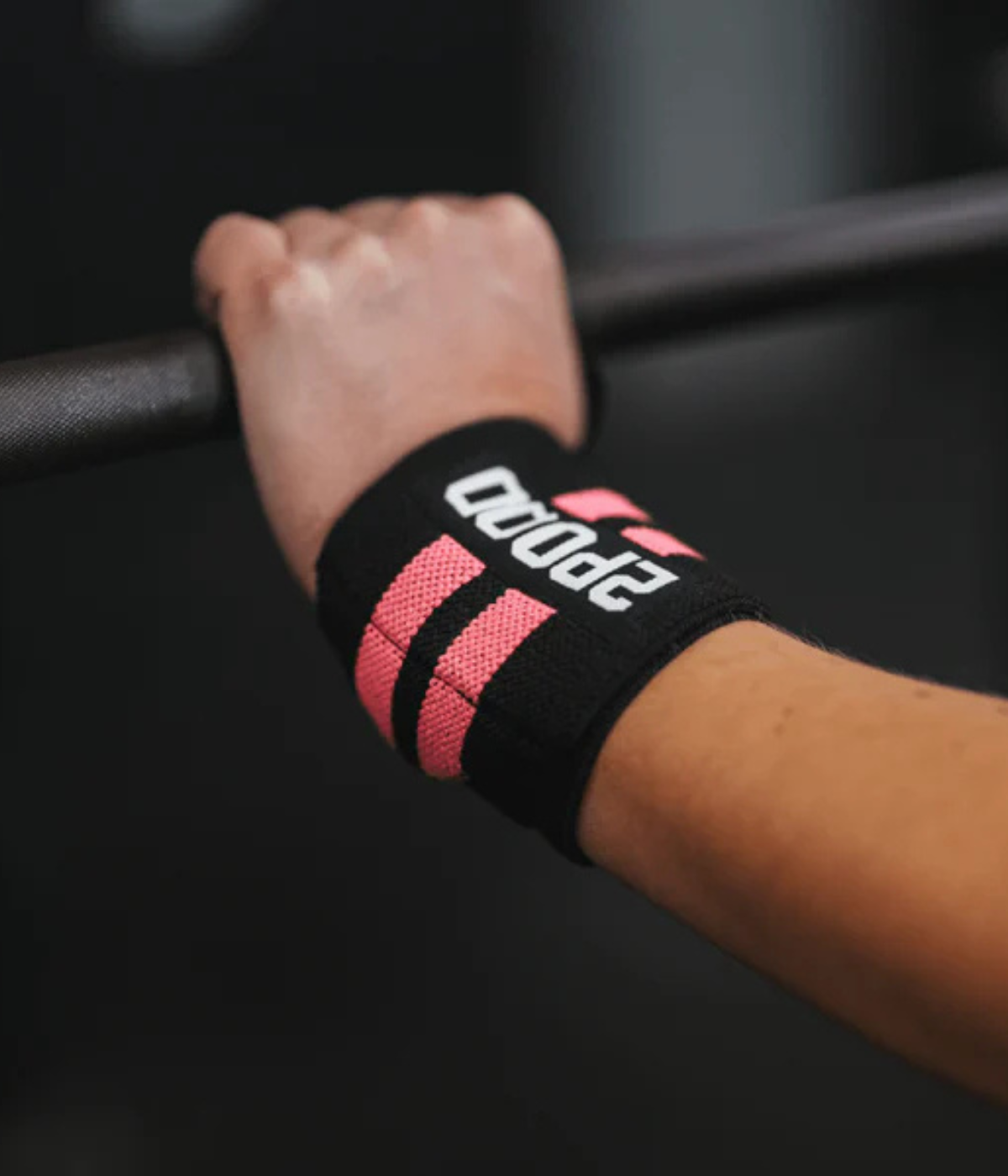





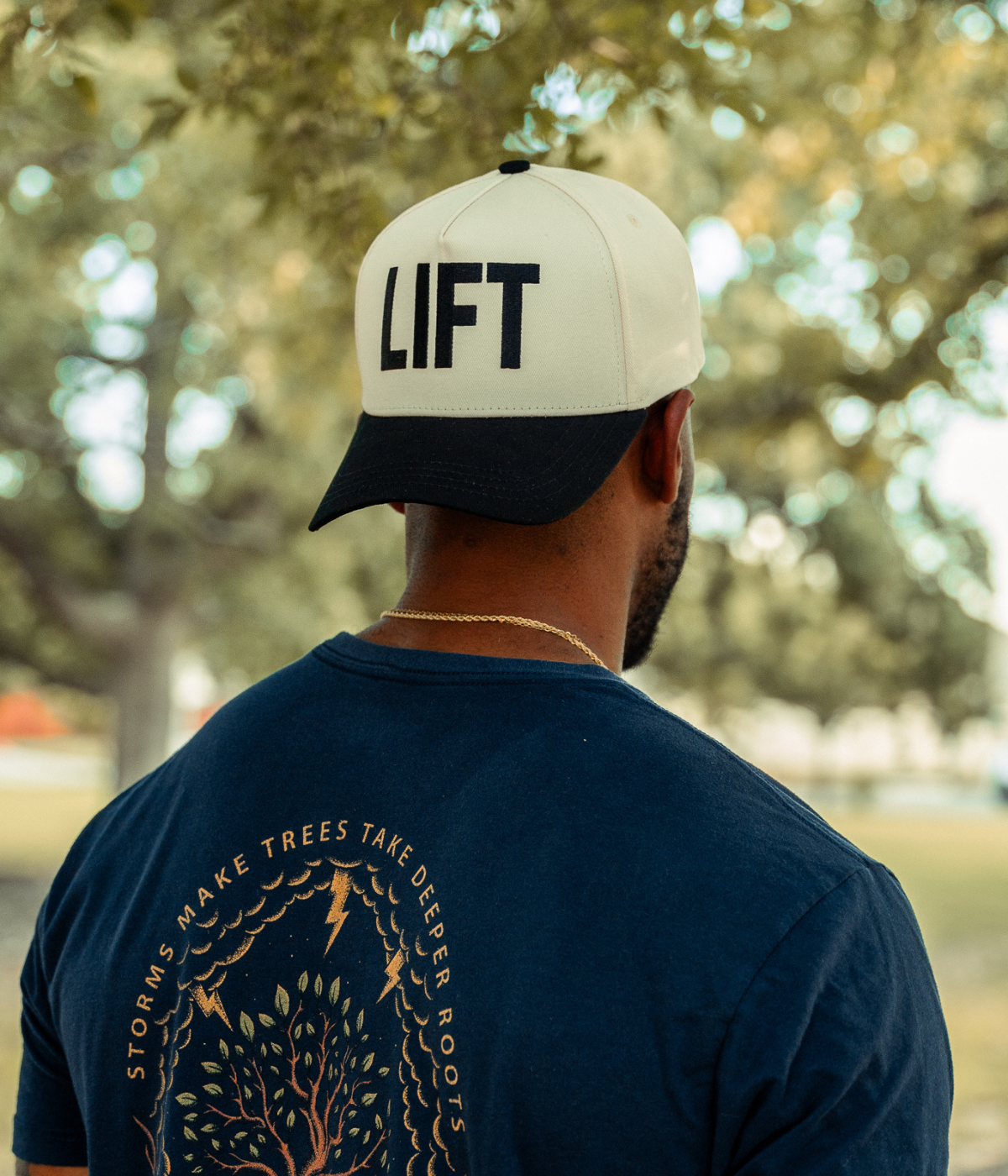
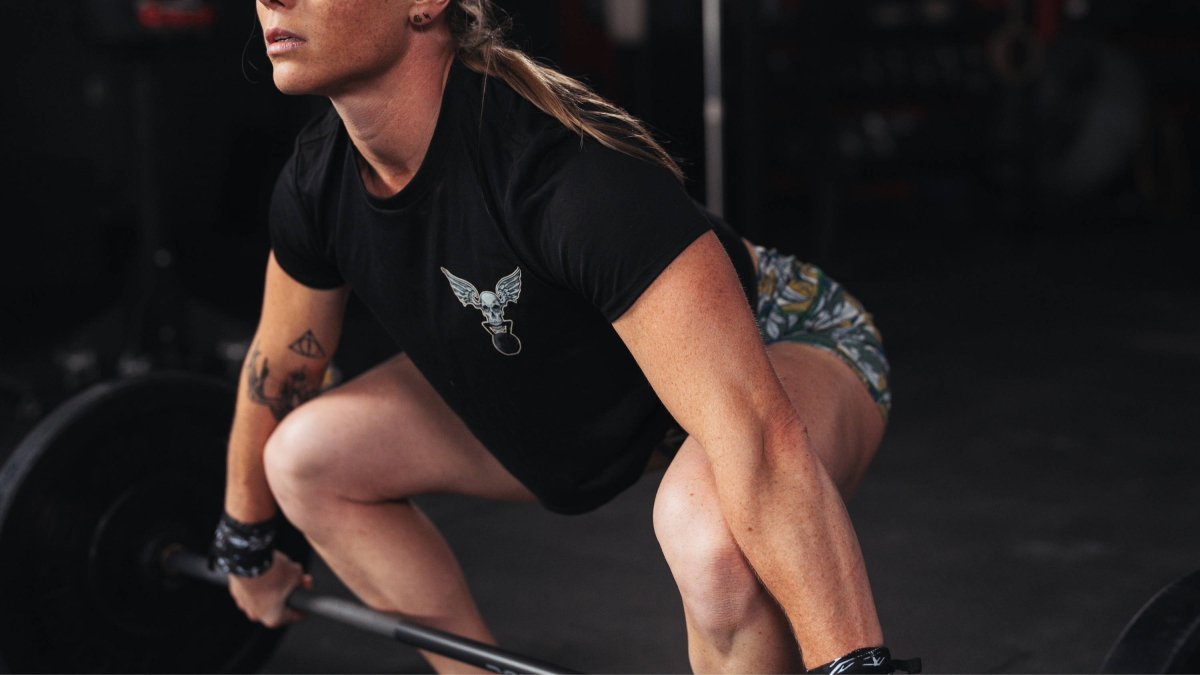
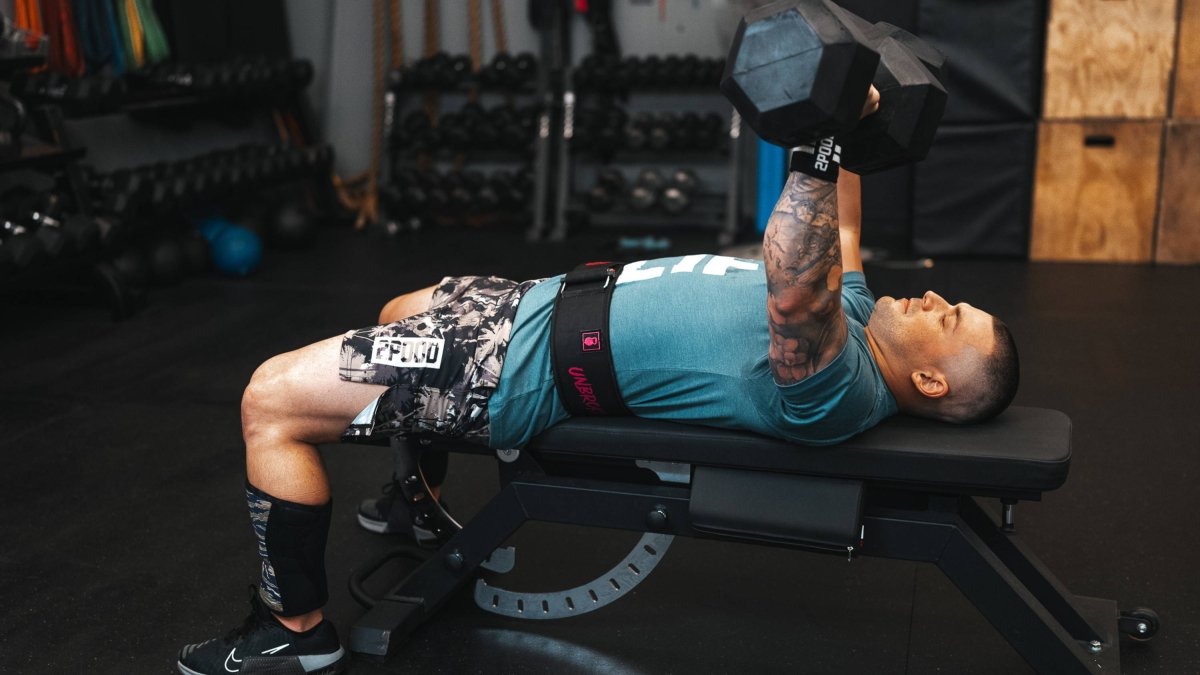
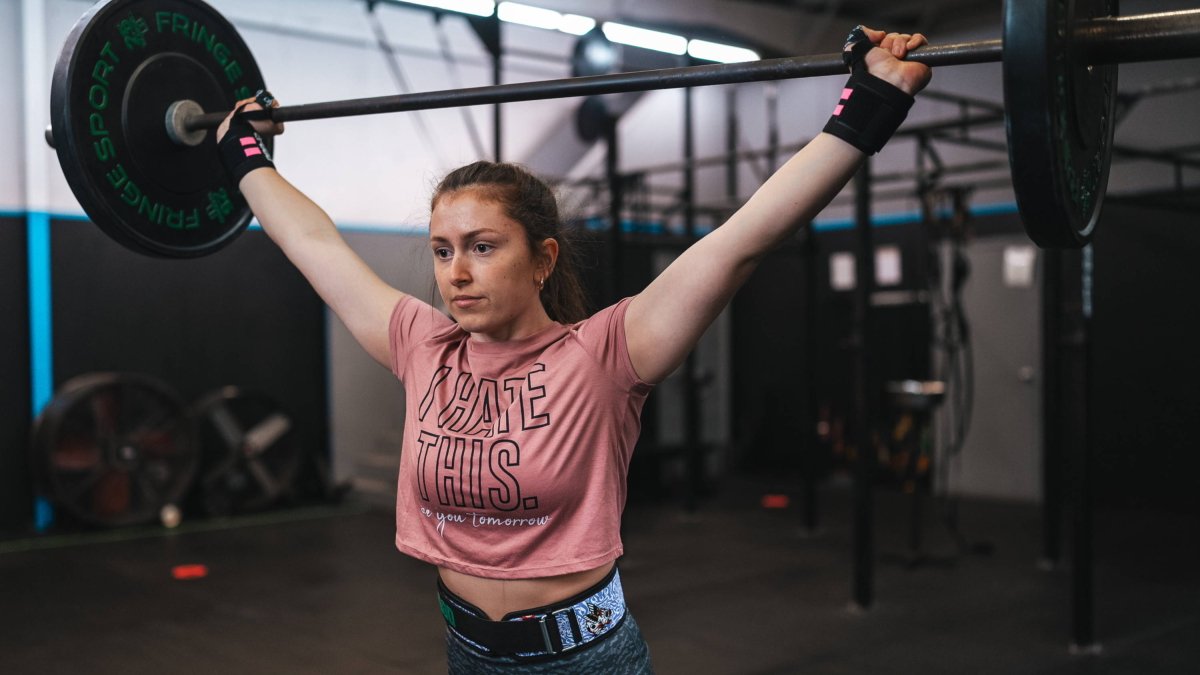
Leave a comment
All comments are moderated before being published.
This site is protected by hCaptcha and the hCaptcha Privacy Policy and Terms of Service apply.